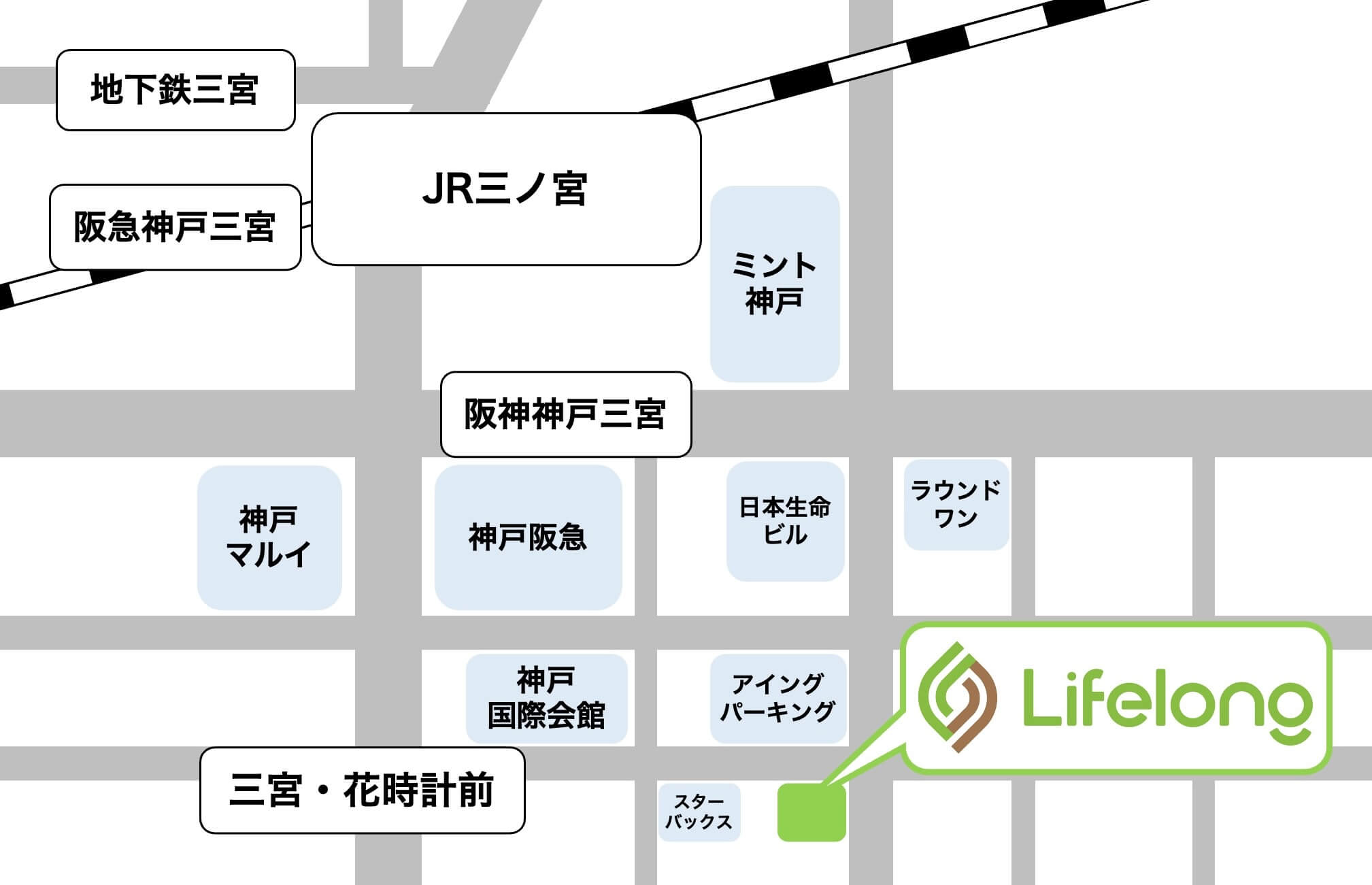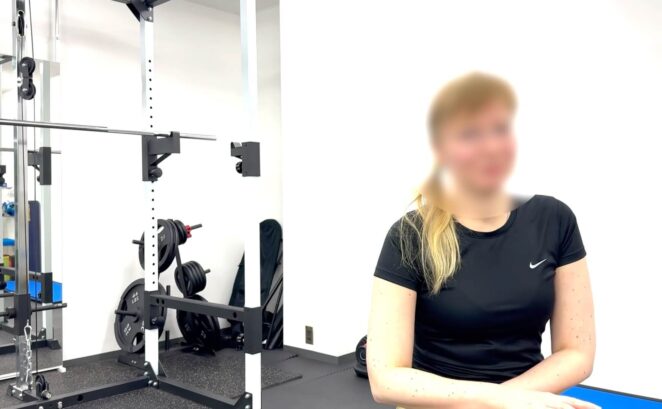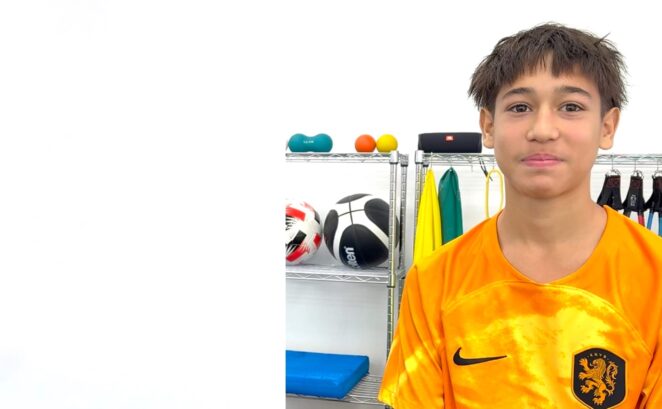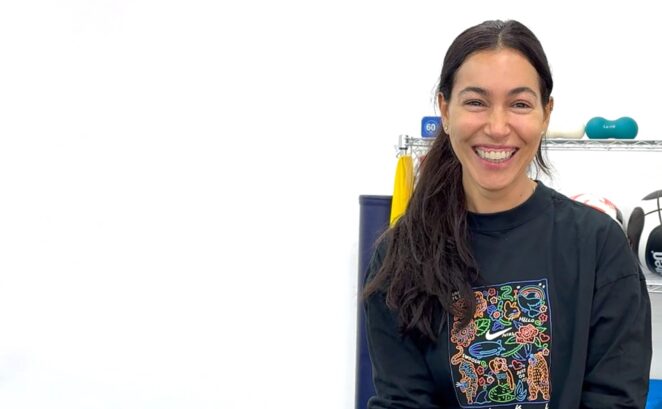2021.05.25
English
Muscle Strain
執筆中尾 優作(理学療法士/プロスポーツトレーナー)
ヨーロッパの大学、大学院で理学療法を学ぶ。欧州サッカー、日本のB.LEAGUEでトレーナーとして活動したのち、地元神戸三宮にメディカルフィットネスジム【Lifelong】を設立。トップアスリートを始め、"病院で治らない痛み"に悩む人にワンランク上のリハビリを提供する。

Muscle strain is very popular injury in sports people.
This article explains what is muscle strain to how to cure it from the view point of sports physiotherapist.
目次
What is Muscle Strain?
Muscle strain is a injury of muscles, simply saying. To understand this injury, it is important to know the structure of muscles.
Muscles are an elastic soft tissue and the length of it is lengthen and shorten depending on physical movements or the position of joints. Actually, muscles contract first and joints of human body create every human activity such as walking, running and jumping.
A muscle is consisted by many number of muscle fibres. For example, one muscle contains 100 muscle fibres.
Muscle strain injury is a damage of the muscle fiber and sometimes they are ruptured in the worst case. Severity of fibrous damage divide the category of muscle strain into 3 grades.
Grade 1
Small damage to individual muscle fibres. 2-3 weeks for healing.
Grade 2
More severe damage to muscle fibres, but not ruptured. 3-6 weeks for healing.
Grade 3
Complete rupture of a muscle. Operation is commonly required for returning to sports activities. 3 months or more for healing.
Cause
The causes of muscle strain are mainly two reasons, muscles themselves or movement related.
1. Limited muscle stretchability
Muscle strain happens when the muscles are strongly stretched. Muscles are elastic soft tissue like rubber, but it ruptures when lengthen it over the capacity the same as rubber itself.
Therefore, people with tight muscle or joint tend to have higher risk to get muscle strain than whom with flexible body.
For instance, if you can sit on the floor and open your legs 180 degree outside, you have very stretchable adductor muscles and low risk to injure these muscles.
On the other hand, if you can only open your legs 90 degree outside for the same stretching above, you have high risk of getting muscle strain, especially when legs are accidentally opened in sports activities.
2. Muscle contraction when being stretched
This is the other pattern of how muscles are strained in physical activities.
Muscle contraction is a simple and basic function of muscles. When muscles contact, joints move and human make movements. For example, if you hold a dumbbell and contract biceps femoris muscle, elbow joint is bent and the dumbbell goes up. This is called concentric contraction.
Other type of muscle contraction is called eccentric contraction. Once you bring the dumbbell up, need to bring it down after. The dumbbell goes down helped by the gravity, so you do not really have to contract any muscles to let it down. However, you still need to hold the dumbbell to control the speed of bringing it down. Therefore, biceps femoris keep contracting to support the dumbbell. At this moment, biceps femoris is contracting and also lengthen.
This type of contraction, eccentric contraction, has higher risk of muscle strain than other types of contraction patterns. The eccentric contractions is seen in landing after jumping and stopping after acceleration.
Symptoms
Muscle strain causes several kinds of symptoms.
Pain
You would feel strong pain just after muscle strain. In case of grade 3 muscle strain, it is unlikely to able to walk due to severe pain. The type of pain is usually sharp pain rather than dull type of pain mostly seen in low back pain.
Pain with stretching
If you stretch a damaged muscle after muscle strain, you would feel sharp pain. This is different from a contusion. Strain and contusion are both muscle injuries, but can be differentiate from feeling pain with stretching or not.
Pain with contraction
Muscle fibres are connected from bone to bone. if you contract the injured muscle, you feel pain at damaged area. To test the strained muscle, eccentric contraction usually make stronger pain than concentric contraction.
Heat
Once muscles are damaged, human body automatically start healing process for the broken tissue, this is called inflammation. At the site of inflammation, you can feel the sense of heat when touch there. This is because of increased blood flow to send nutrition and repair cells to the area.
Bruise
Bruise is very typical in muscular injuries. There are huge number of small blood vessels inside of muscles. When muscle fibres are damaged, blood vessels are also damaged and leak blood into muscles. The blood then go to more superficial layer just under the skin and forming bruise.
First aid
The same as other sports related diseases, RICE treatment is the best first aid for muscle strain. Especially, muscle is blood-rich soft tissue, so immediate first aid is very important to limit the amount of swelling.
One crucial point for muscle strain treatment is no stretching for the injured muscle right after the injury. As muscle fibres are partially ruptured after muscle strain, what the important is to put the end of ruptured fibres together as close as possible. This is a tip how to heal muscle strain faster and better.
Treatment
Appropriate treatment choice and gradual development of rehabilitation are tremendously essential to fix muscle strain correctly and quickly. In case patients cannot receive proper treatment, there is a possibility to create scar tissue inside on the injured muscle. Scar tissue is a kind of lump in soft tissue, which decrease elasticity of muscle fibres.
As mentioned above, tight muscle has high risk of muscle strain, so muscle with scat tissue after injuries also has risk of re-injury. Therefore, maximising healing process of the injured area with preventing scar tissue formation is the crucial point of muscle strain treatment.
Stretching
Injured muscles are sensitive and fragile right after muscle strain, so stretching is not the best treatment option at first.
However, applying stretching as soon as possible after inflammation process is very effective. If you afraid of providing stretching for long days, muscle heals with tightness and increase the risk of another muscle strain in the future.
Apply easy stretching at first and gradually increase the tension day by day. As long as patients do not feel pain with stretching, possibility of damaging the injured muscle is quite low.
Exercise
Muscles become less powerful after injury. Improving maximum muscular strength is helpful to develop sports performance and to reduce risk of recurrent muscle strain.
The target of strength train for injured muscle is the strength of unaffected side. If you injure hamstring of right side, strength exercise should be continued until reaching to the same power as the hamstrings on the left side.
As a knowledge of rehabilitation specialist, strength training or rehabilitation exercise should be started with isometric exercise and progress to concentric and eccentric exercises later.
Caution
Hot bath
If you stay long minute in hot bath, body temperature and blood circulation rapidly increase. Blood vessels around injured area are broken and leaked right after the injuries, so increased blood circulation encourage leaking of blood from the broken blood vessels. Do not increase blood circulation few days after the injury not to delay the healing process.
Please use shower instead of hot bath while first 3 days.
Painkiller
Painkiller can reduce pain and feel comfortable for few hours, but does not have effect to cure damaged muscles. Feeling of less pain does not mean the injury is getting better in this case.
Moreover, painkiller mimic proper amount of pain that you need to notice. Pain is a useful sign from your body. For example, pain can be used as how much tension should be applied for muscles in stretching. Tension for the muscles must be stopped before feeling of pain.
However, if you take a painkiller and unable to feel pain, there is a possibility to apply too much tension on muscles without feeling pain.
When you feel too much pain and unable to sleep, it is okay to take a painkiller. What the important is that painkiller is not a treatment and need to understand the advantage and disadvantage.
Conclusion
Muscle strain is frequently seen in sports activity and common injury.
Treatment and rehabilitation for muscle strain are quite simple and not complicated. However, appropriate treatment choice and gradual physiotherapy are necessary to prevent scar tissue formation and recurrent injury.
It is simple injury, but not easy to cure perfectly.
Lifelong is your private physiotherapy clinic
Lifelong provide order-made physiotherapy to treat all grades of muscle strain.
Exercise therapy, such as stretching and muscle activation, improve posture, joint mobility and muscle functions to cure pain on your body forever, not like symptomatic treatment.
Removing “cause” of pain rather than “pain” itself, can provide you painless body and also prevent from future degeneration.
Please do not hesitate to contact us, experienced physiotherapist studied and worked in Europe is here to sincerely support you.
Best wish for you healthy and happy future life.

ピックアップ記事
-

『Able to run without pain first time since surgery』Feedback of rehabilitation for meniscus tear
2024.06.18
-

『Returned to play football after 1 month of knee pain』Feedback of rehabilitation for Osgood-Schlatter disease
2024.04.23
-

『I couldn’t even carry a pot before coming here』Feedback of Rehabilitation for shoulder labrum tear
2024.04.11




